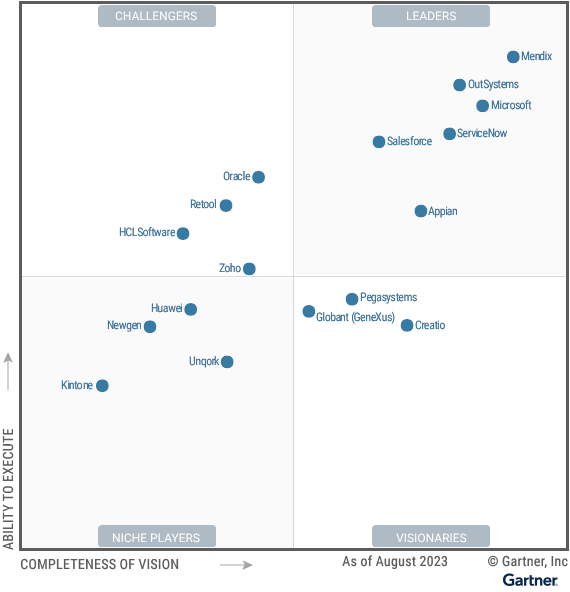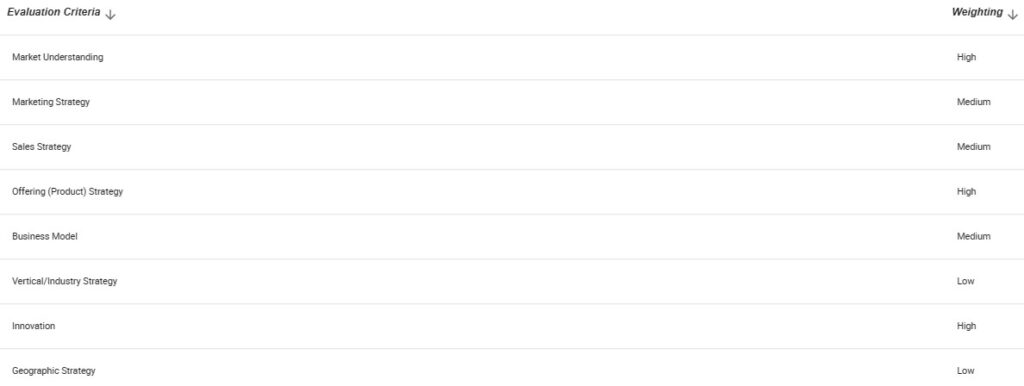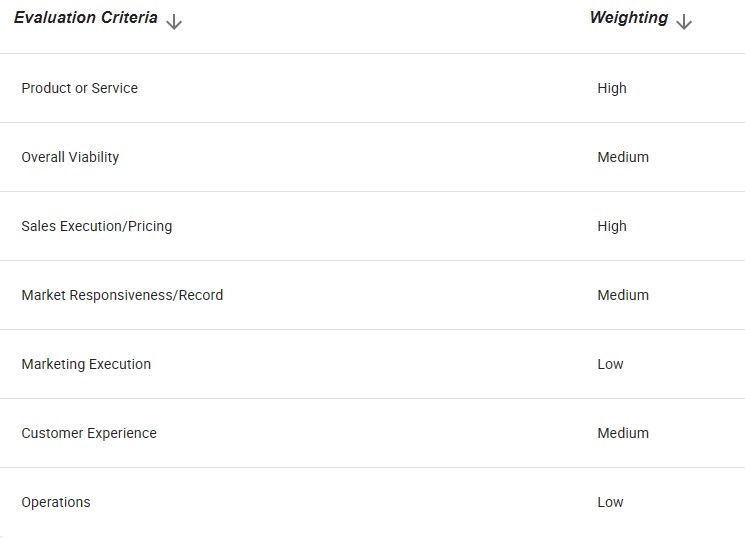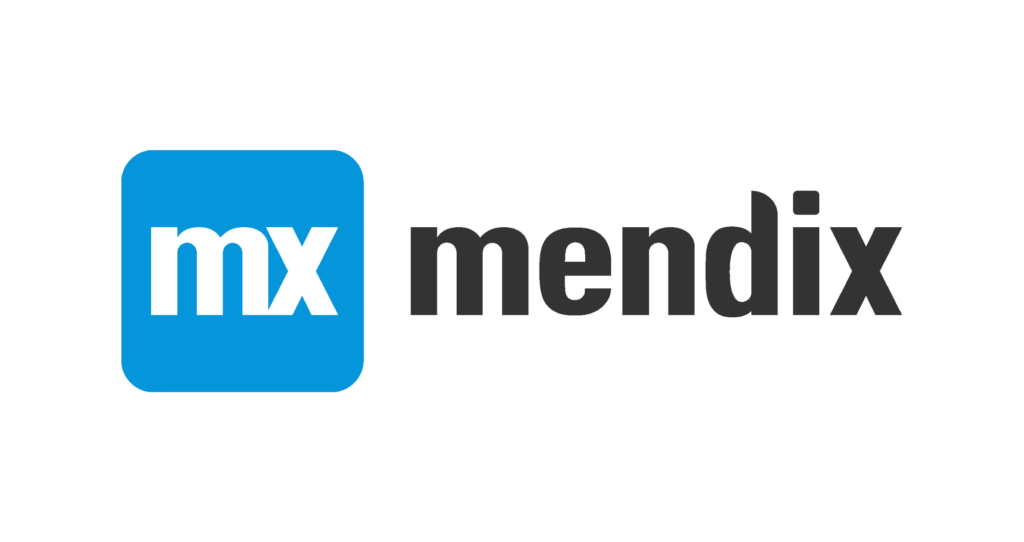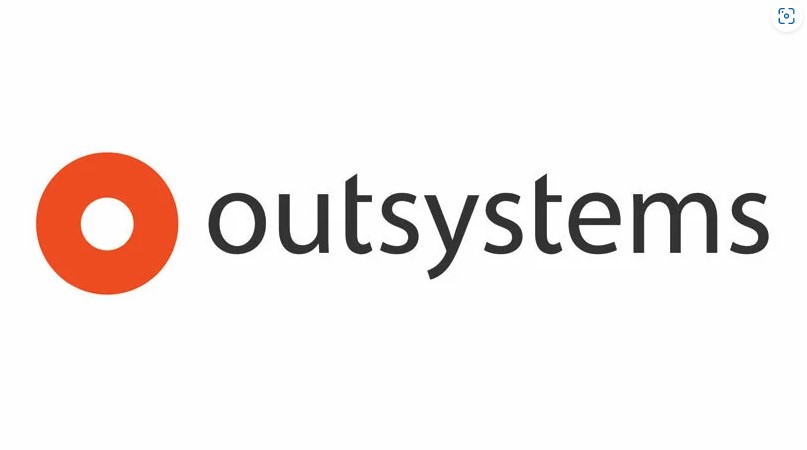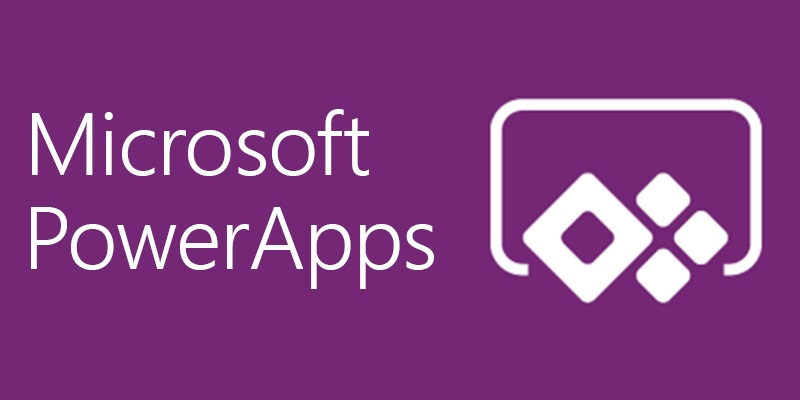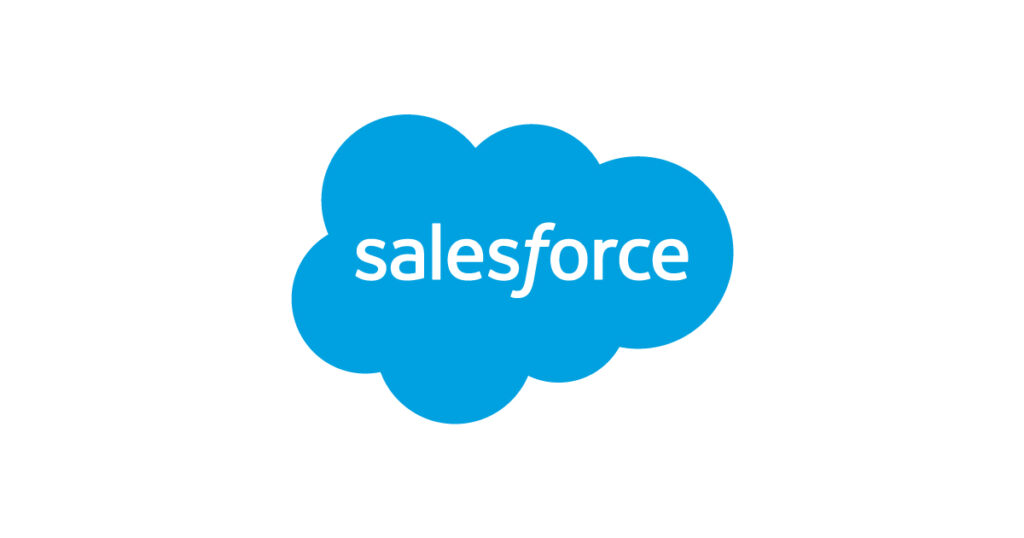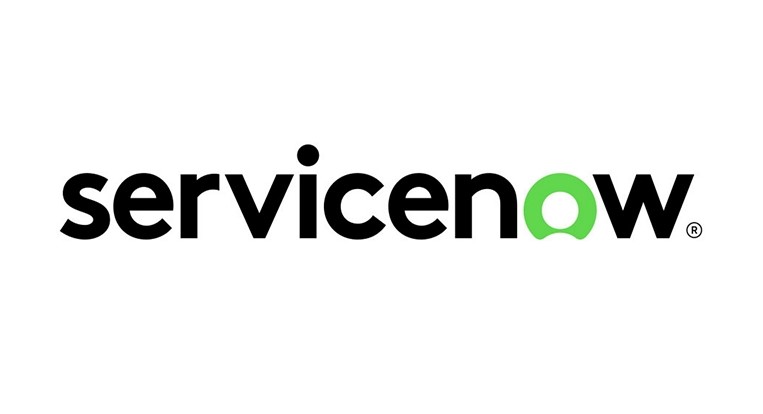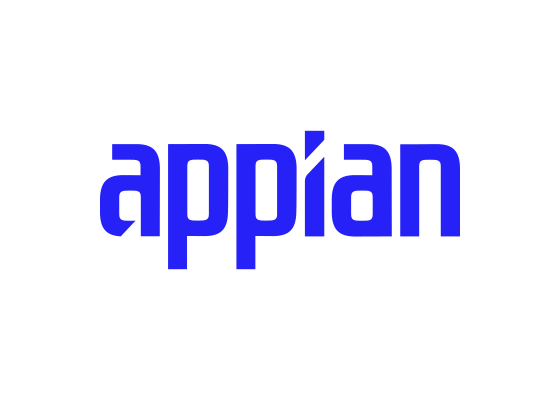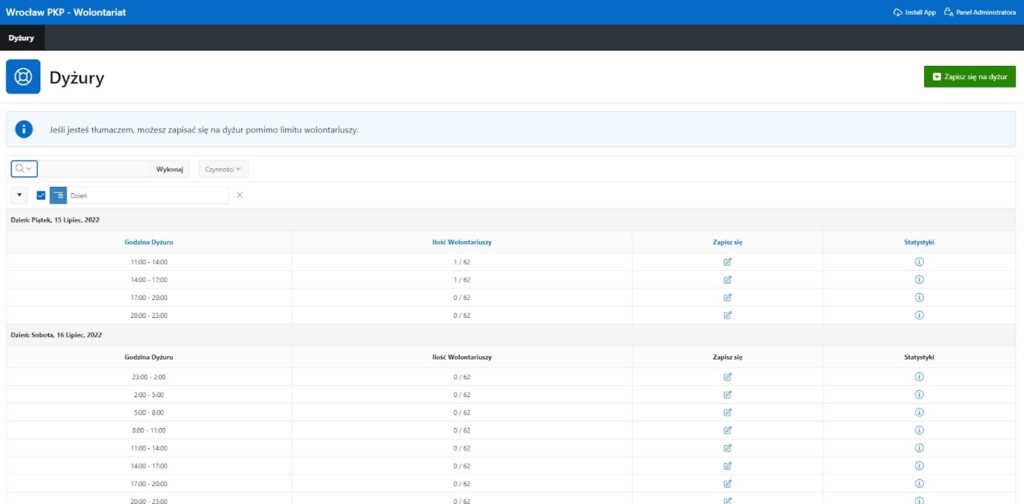Gartner released a new version of their Magic Quadrant Report for Enterprise Low-Code Application Platforms (LCAP). Let’s take a look at the biggest and most notable technologies and the reasons behind their current position on the market.
Update: This article was originally published in May 2023. However, in December 2023, it was updated with new information based on the new version of the quadrant.
What is Gartner’s LCAP report?
Low-Code Application Platforms are basically software tools that allow you to create apps rapidly and with little to no coding – by using powerful wizards, generators, and ready-made elements that you simply connect within the platform. If you’re new to this whole low-code craze, you might like to read my articles on 5 low-code advantages and 10 low-code myths.
Gartner’s Magic Quadrant for LCAP is a yearly report created by a well-known American analytics company that summarizes the state of the market. It’s a useful source of information for low-code enthusiasts – it helps us choose the technologies we should focus our attention on.
What metrics does Gartner use?
The rules behind the report are easy to understand. Gartner uses two main factors to evaluate low-code platforms – “Completeness of Vision” and “Ability to Execute” – but there are several things contributing to these factors and they have a varying level of importance.
Completeness of Vision
Gartner puts emphasis on innovation, market understanding, and product strategy. Other things that are taken into account include the business model, level of innovation, and marketing and sales strategy.
Ability to Execute
In this case, the emphasis is on the product itself, as well as the sales execution and pricing. The overall viability, customer experience, and market responsiveness are also important.
Quadrant descriptions
Based on these two factors, notable technologies/vendors are divided into four distinct categories, so-called quadrants:
- Leaders – Leaders demonstrate a great vision for their product, along with strong execution. Their platforms find use all over the world and can be employed in different scenarios. They’re generally considered to be the best in their category
- Challengers – Challengers excel when it comes to execution, but they haven’t demonstrated a strong enough vision for their product. This makes reaching customers outside of their core group and engaging different types of buyers difficult
- Visionaries – Visionaries have great ideas for their product, but can’t execute them well enough, at least for now
- Niche players – these are mostly vendors who either focus on a specific user group, on a geographical region or are high performers in other sectors and therefore have a well-known brand. Being in this category doesn’t mean the platform isn’t worthy of attention (qualifying for the report is an accomplishment in itself, as explained below). It may work great in a specific use case, but it’s too niche to be widely adopted
As mentioned above, there are additional criteria that determine whether a given vendor/technology is taken into consideration in the first place.
Gartner only includes large, international companies in the report, so there are specific requirements concerning geographical presence – the product has to be available in at least three of the following regions: North America, South America, Europe, Middle East/Africa, China, Japan/Asia/Pacific
The company must also prove it’s big enough – either by generating a high enough level of revenue thanks to LCAP licenses/subscriptions, attracting a good number of clients, or building a large community. In this case, there are three options emphasizing different factors:
- The vendor needs to demonstrate at least $60 million in LCAP revenue over the previous year, and at least 100 big, paying enterprise customer organizations.
- The company had at least 5000 big, paying enterprise clients, and generated at least $25 mln in LCAP revenue
- Alternatively, the size of the community can be taken into account – if at least 100 000 devs use the tool, it’ll also qualify for the report
Finally, the companies must also demonstrate a good growth level in the LCAP sector to be included in the report – at least a 20% year-over-year increase in revenue for LCAP licenses and subscriptions (revenue generated through professional services or other related product offerings doesn’t count).
State of the Low-Code market in late 2023
Now that we know what’s what, let’s take a look at the biggest low-code platforms in the second half of 2023 – as seen through Gartner’s lenses.
Leaders
There are six leaders in this edition of Gartner’s Magic Quadrant for LCAP: Mendix, OutSystems, Microsoft PowerApps, Salesforce, ServiceNow, and Appian.
Mendix
Mendix – a product created by a company of the same name, which is a subsidiary of Siemens – is another strong competitor. The platform’s creators continue to innovate and add useful features at a rapid pace – for example, a Data Hub that helps you manage events and services, or MxAssist Performance Bot that watches for bad patterns in the app’s architecture in order to ensure good performance.
It’s a great low-code offering that’ll serve you well in most circumstances and industries, though there are cases when other tools hold the upper hand. Moreover, I can also tell you that it’s a great option for native mobile app development (it supports Google and Apple ecosystems, sync and offline work, and it can accommodate people with disabilities). It’s also very good for building the logic of your system without coding and offers plenty of powerful integrations and developer features (IDE, version control, debugging, co-development tools, etc.).
The platform also offers powerful AI copilot development features such as Best Practice Bot, Validation Bot, Performance Bot, or MxAssist Logic Bot. Mendix supports AR- and VR-enabled UX, has edge computing capabilities, and the new Solutions Kit was designed for building secure SaaS apps with billing/metering functionalities.
For more on Mendix, check out the great tutorial written by one of our Low-Code Developers, Krzysztof Mróz:
OutSystems
OutSystem’s position in the Leaders section is not surprising to me at all. With its AI enhancements and other advanced low-code development tools, the platform is a great product overall. You can use it to create software of varying complexity which is great if you want to think about enterprise-grade systems.
Of course, that doesn’t mean OutSystem’s perfect – it’s a good tool for general app development, but if you aim to solve industry-specific problems with your software, you might find better, or at least more specialized alternatives. Also, many companies complain about license costs with the new Application Objects-based model (the more Application Objects – screens, API methods, and database tables – your app has, the more you pay).
Want to learn more about developing applications with OutSystems? Check out these articles on the Pretius blog:
- OutSystems tutorial: Learn low-code development and get your first certificate
- OutSystems application development: First steps
- Learn OutSystems: Using variables and building application logic
Power Apps
Power Apps by Microsoft is a low-code product designed first and foremost for so-called citizen developers – i.e. non-technical people who dabble in software development (usually using various low-code or no-code tools that help streamline the process). Power Apps offers a great range of integrations. If the list isn’t enough, there’s also a free development environment that allows you to connect to whatever data source you require via a pre-made or custom connector.
The platform has other interesting capabilities, such as Dataverse, AI Builder, Power Pages, and Power Automate. Many customers consider it most successful for citizen development, but it also provides plenty of tools for professional programmers – like easy publishing of a custom API, using custom models with the AI builder, etc.
The cool thing about Power Apps is that you can access some of the basic features on a normal 365 or Dynamic 365 enterprise plan. And, of course, it’s a Microsoft product, with great support and a long list of extensions available through AppSource.
Salesforce
Salesforce offers a suite of low-code and general software development tools you can use, with different purposes and varying levels of complexity. For example, you have visual designers like Flow Builder and Lightning App Builder, 3GL support, IDEs for scripting, and so on. The solutions aren’t very innovative when it comes to features (don’t expect AI enhancements or incredibly sleek new interfaces, for example), but they’re constantly evolving and exist within a great ecosystem and a thriving community.
The platform focuses on customer-related business operations. You can run it on its own servers or certain AWS servers (available via Salesforce Hyperforce).
ServiceNow
The final Leader is ServiceNow, or rather the company’s App Engine service which is available as part of the Now Platform. It offers a decent list of features, especially if you’re interested in automating business processes, workflows, or case management. ServiceNow has a rich ecosystem and App Engine is a solid option for companies that already use the company’s SaaS tools – so, usually big corporations.
Appian
Appian is a platform with powerful business logic and workflow capabilities and really great scalability – it supports FedRAMP compliance, multi-region high availability, and container-based deployments (Kubernetes), among other things. If you need to handle large user volumes, it’s one of the safest choices you can make (although it’s worth noting that the substantial license costs are one of the points of customer criticism).
The platform’s ecosystem is also a strong point – with over 900 connectors, solutions, functions, and other utilities.
Challengers
The Challengers quadrant is currently occupied by four solutions: Oracle APEX, Retool, HCLSoftare, and Zoho.
The first one of these is a technology we at Pretius know very well: Oracle APEX (previously known as Oracle Application Express). APEX is tightly integrated with the Oracle Database (a.k.a. Oracle DB) – it’s available as a database feature, though it can also be used as a service on Oracle Cloud.
There are several great things about Oracle APEX. It’s essentially free if you already use Oracle DB (which many of us do – it remains the leading database solution on the market). It’s also helmed by one of the largest IT companies in the world that clearly knows how to build a strong brand and offers a great level of customer support in many different regions.
Speaking from my own experience, I can also say that the platform handles data very well (thanks to backups, built-in DB, the option to integrate with other database solutions, and a couple of other things), offers good backward compatibility, excellent reporting capabilities (you can use templates or create your own), and top-notch security. On top of that, Oracle’s licensing, pricing, and update policies are very good indeed, and the same can be said of customer support.
There are some limitations for sure, such as the lack of native mobile support (you can use responsive and progressive web apps, though). However, in many circumstances and for many companies – especially ones that already use Oracle DB – APEX is the best option out there. I believe it’ll be in the Leaders section at some point.
If you want to know more about Oracle APEX, you’re in the right place. Here are a couple of other articles by Pretius developers:
- Oracle Forms migration: 2023 is high time to migrate your software to APEX
- Oracle APEX new features – the low-code platform keeps evolving
- Oracle APEX tutorial: Uncover Oracle’s best-kept low-code secret
- What is Oracle APEX? Possibilities and career paths for low-code developers
- Learn Oracle APEX – 15+ sources to speed up your learning process
Retool is an interesting case. When writing the first version of this article, it was a newcomer, and I noted that it seemed worth looking into and had growth potential – and now, six months later, it is in the Challengers section. Retool is marketed as a low-code platform for professional developers, which is an interesting idea.
The platform allows you to build apps using a highly-praised drag & drop interface, but also enhance them using JavaScript, SQL, HTML, and CSS. It’s easy to integrate with various databases and APIs. The technology grows fast and – if the company overcomes some of the problems (such as the level of complicacy and development productivity, for example) and adds some new features.
HCLSoftware’s Volt MX (part of the HCL Digital Solutions line of products) is another challenger. It’s a technology that marries low-code with MXDP (multi-experience development platform) and offers plenty of tools for back-end and front-end development. It works locally or on the AWS cloud.
Finally, there’s Zoho Creator, previously in the Visionaries category. The tool provides a powerful suite of ready-made business capabilities, and it’s part of a well-known suite of business apps, which is also a strength. In fact, the tool is best used to enhance and customize the capabilities of existing Zoho solutions, though you can also consider it for multi-experience application development. The solution offers multi-region and multi-cloud/on-premise backups and deployments, app performance monitoring, and autoscaling (both horizontal and vertical). What’s more, aside from an intuitive graphical interface, it also provides its own development language (Deluge) and supports various others (JavaScript, Java, Node.js, XPath).
Visionaries
There are now three tools in the Visionaries quadrant: Pegasystems, Globant (GeneXus) and Creatio. All are strong options, but all lack some things.
For example, Pegasystems remains very complex, can be hard to use, and has steep licensing costs – especially problematic for smaller companies. The company is also tangled in a legal battle with a competitor, which can potentially be problematic.
Creatio Studio is similar to Zoho in that its Studio Creatio no-code/low-code offering is meant to augment its SaaS tools: Service Creatio, Sales Creatio and Marketing Creatio.
Finally, similarly to Retool, Globant – acquired by GeneXus last year – is a product designed for professional developers. However, it has strong roots in user experience implementation and can also be considered an MXDP platform.
Niche players
Three well-known tools from the previous edition maintain their position in the Niche players quadrant: Huawei, Newgen, Unqork.
However, we also have a newcomer – Kintone, and it’s an interesting one. The product created by the Japanese company Kintone focuses on collaborative citizen development. It allows you to build workflows and provides plenty of extensions and plugins. Kintone is selling really well right now – it won over more than 30,000 customers (mostly small and medium-sized businesses) in the first half of 2023 alone.
Summary: 2024 will be an interesting year for low-code enthusiasts
One conclusion that is the clearest to me from Gartner’s new report is that the interest in low-code tools remains very strong. There are 17 capable, fast-growing platforms in the magic quadrant, and they have already found use in many industries and fields. These solutions are actively developed and improve with each passing year (though the speed at which this happens varies). Low-code’s future has never looked brighter.
When choosing a low-code platform, it’s important to consider the company’s current tech stack. For example, if you’re heavily invested in Microsoft’s ecosystem, Power Apps can be a good choice, especially if you’re not planning on developing too many complex, custom features for your applications. If you use Oracle products – especially the database – it’s quite probable you’ll need to look no further than Oracle APEX. Of course, there are also many other factors, such as the industry you operate in, particular features, cloud support, and so on.
If you believe now might be the right moment to jump on the hype train but are unsure which platform suits your business needs best, drop us a line at hello@pretius.com or use the contact form below. Pretius has a great deal of experience with various types, shapes, and sizes of low-code systems. We’ve used our knowledge to create a Low-Code Test that considers the scope of the planned project, your business needs, and current assets (tech stack, etc.) to determine the best platform you can use in these circumstances.
Gartner does not endorse any vendor, product or service depicted in its research publications, and does not advise technology users to select only those vendors with the highest ratings or other designation. Gartner research publications consist of the opinions of Gartner’s research organization and should not be construed as statements of fact. Gartner disclaims all warranties, expressed or implied, with respect to this research, including any warranties of merchantability or fitness for a particular purpose.
The source of information for this article is “Gartner, Magic Quadrant for Enterprise Low-Code Application Platforms” by Paul Vincent, Kimihiko Iijima, Kyle Davis, Akash Jain, Mike West, Oleksandr Matvitskyy, published on October 17, 2023.
Gartner LCAP FAQ
Here are answers to some common questions regarding the Gartner low-code quadrant.
What is the Gartner low-code quadrant?
The Gartner low-code quadrant is a framework that evaluates and compares the capabilities of low-code application platforms.
What are enterprise low-code application platforms?
Enterprise low-code application platforms (LCAPs) are software tools that enable users to create and deploy applications with minimal or no coding. LCAPs provide graphical user interfaces, drag-and-drop components, pre-built templates, and other features that simplify development. LCAPs are designed to empower business users, developers, and IT professionals to collaborate and deliver solutions faster and more efficiently.
